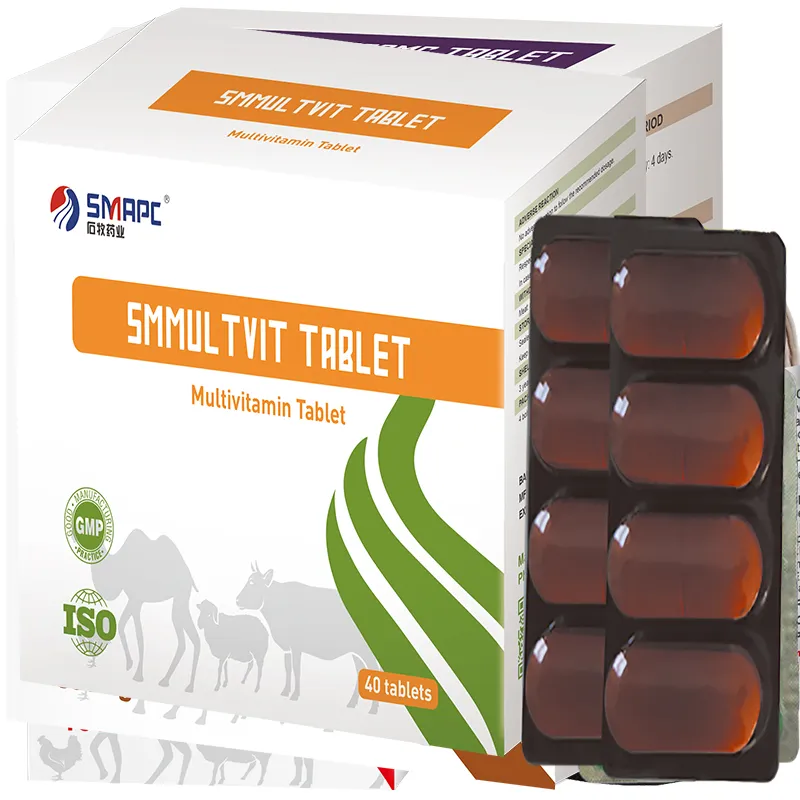2. Vitamin B12 (Cobalamin) This vitamin plays a critical role in producing DNA and forming red blood cells. Dogs that have digestive issues or malabsorption problems may be at risk for vitamin B12 deficiency. Good sources of vitamin B12 include animal products like fish, meat, and eggs. Some dogs may require B12 injections if oral supplementation is ineffective.
vitamins for anemic dogs






